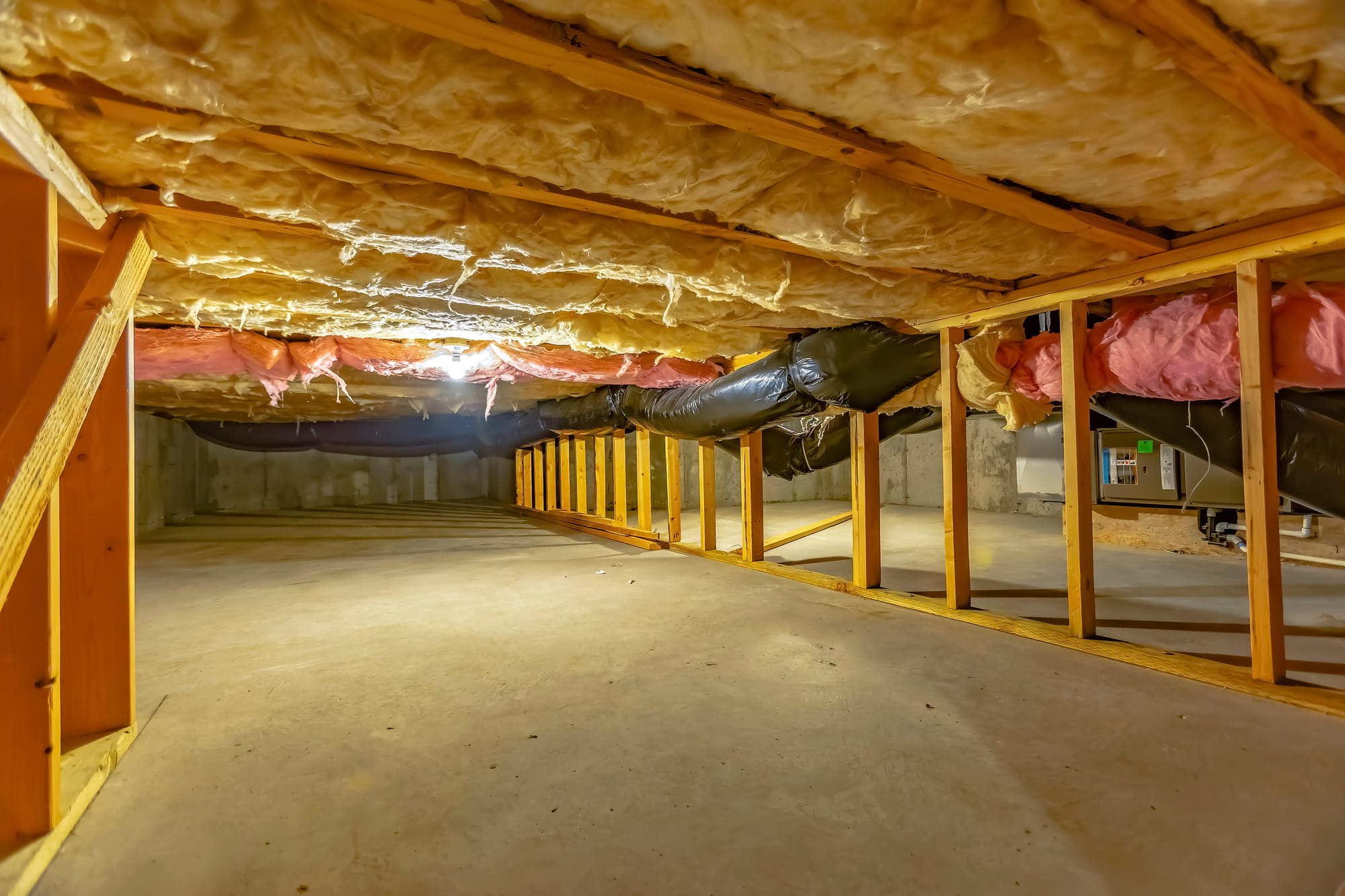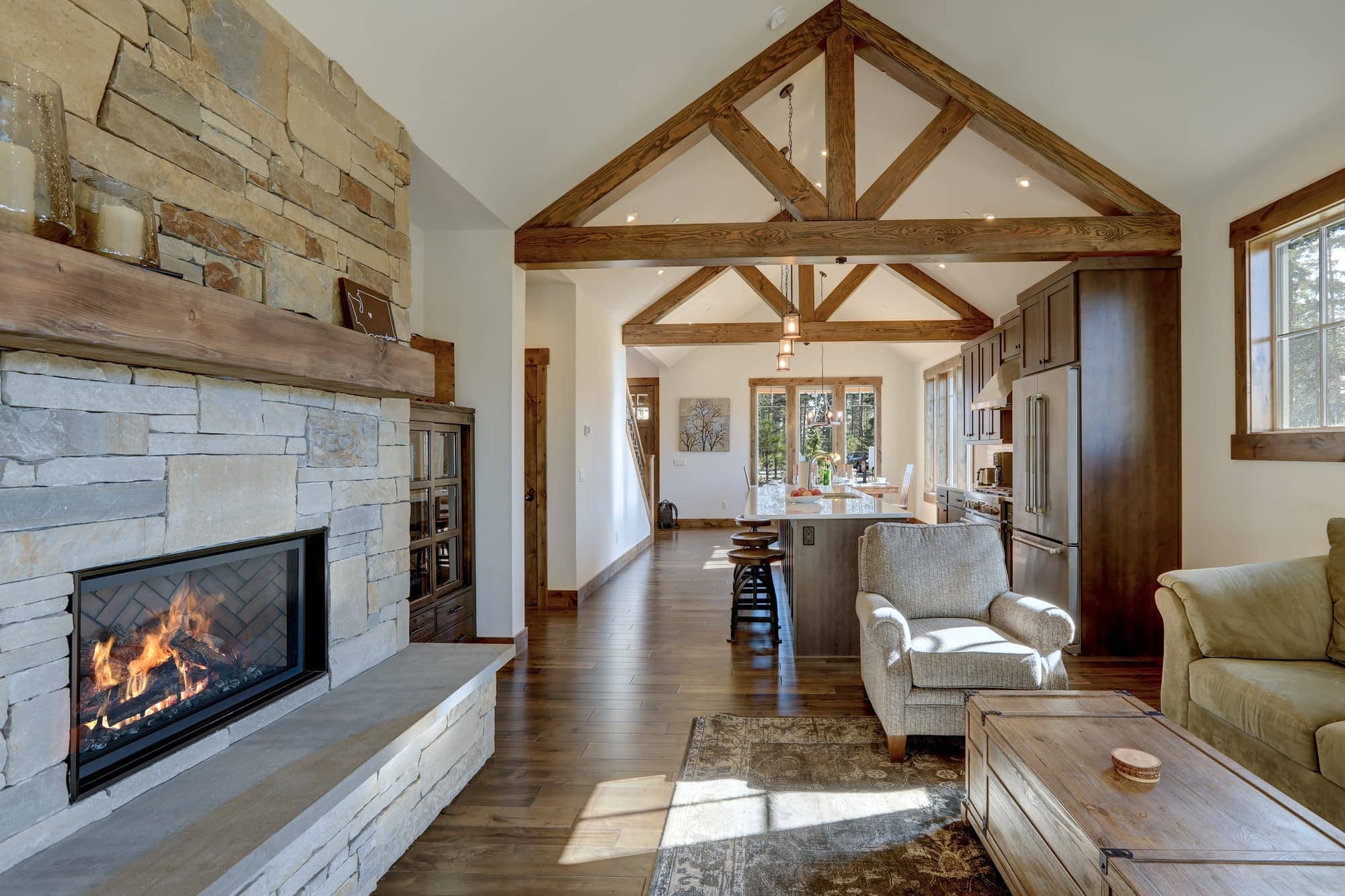Check out the latest in our home ownership video series!
Check out our video resources to learn more about the buying and selling process

The Importance of Budgeting for Home Remodeling
Are you thinking about embarking on a home remodeling project? Planning and budgeting are essential to increase the square footage, enhance your outdoor space, or give your living space a fresh coat of paint. Discover how to create a practical and cost-effective remodeling plan to make your dream ho

How To Properly Maintain Your Crawlspace
How To Properly Maintain Your Crawlspace July 27, 2023 Table of Contents The Importance of Crawlspace Maintenance Preparatory Steps of Crawlspace Maintenance Inspecting the Crawlspace Cleaning the Crawlspace Repairing and Sealing Controlling Moisture Pest Prevention Enhancing Ventilation Insulatio

Vaulted Ceilings: A Guide to the Home Upgrade That Buyers Are Searching For
Vaulted Ceilings: A Guide to the Home Upgrade That Buyers Are Searching For August 22, 2023 Table of Contents What is a Vaulted Ceiling? Advantages for Home Buyers Enhanced Aesthetic Appeal and Visual Impact Increased Natural Light and Sense of Openness Improved Ventilation and Energy Efficiency F
Categories
Recent Posts






